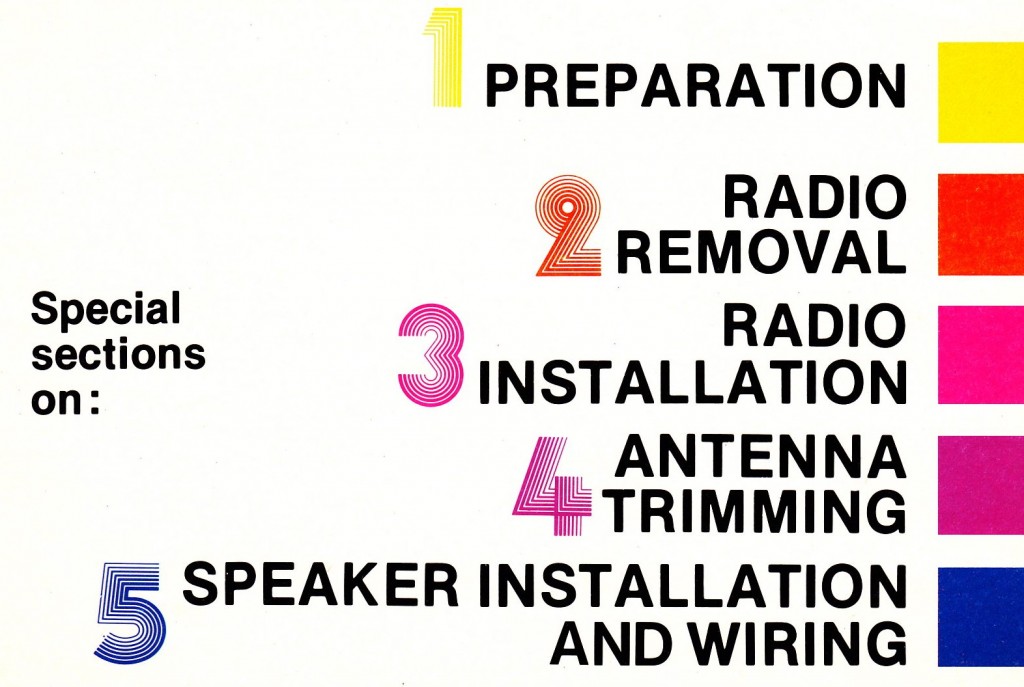
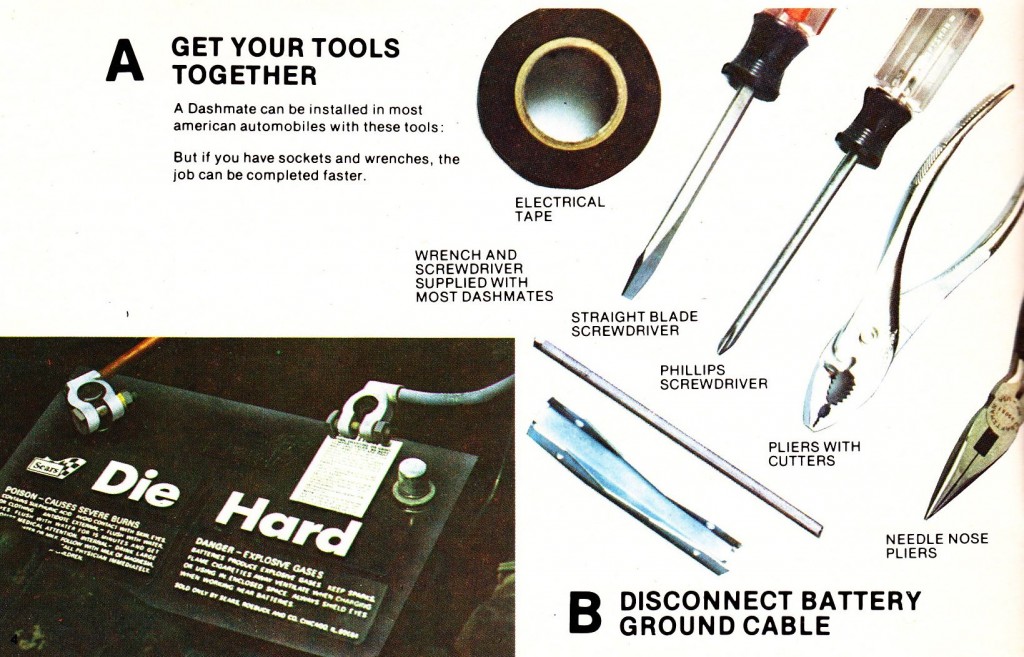
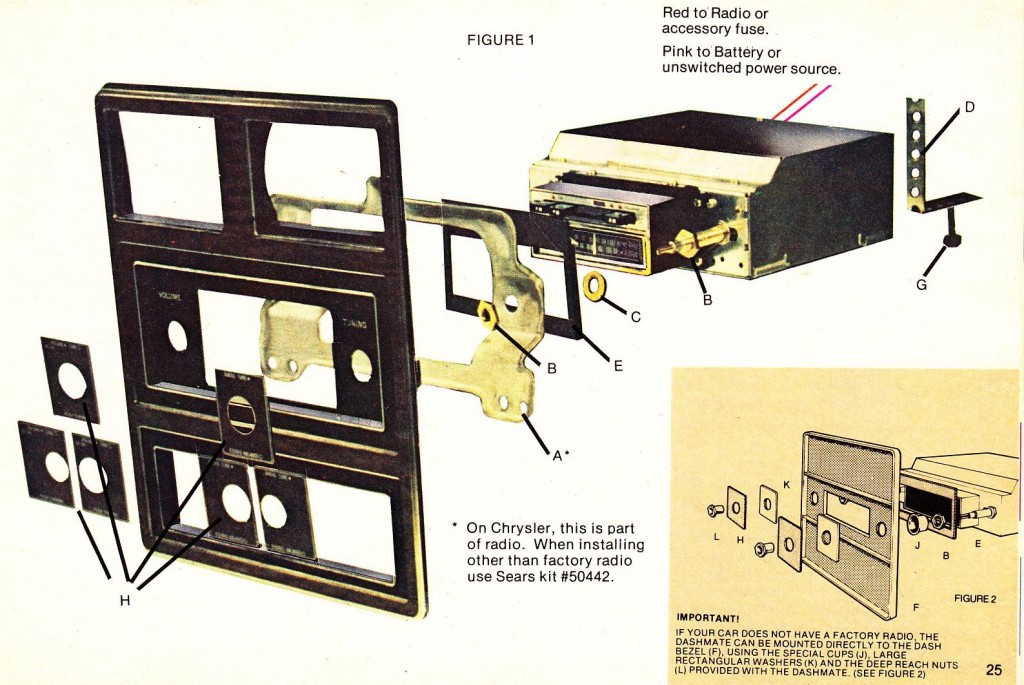
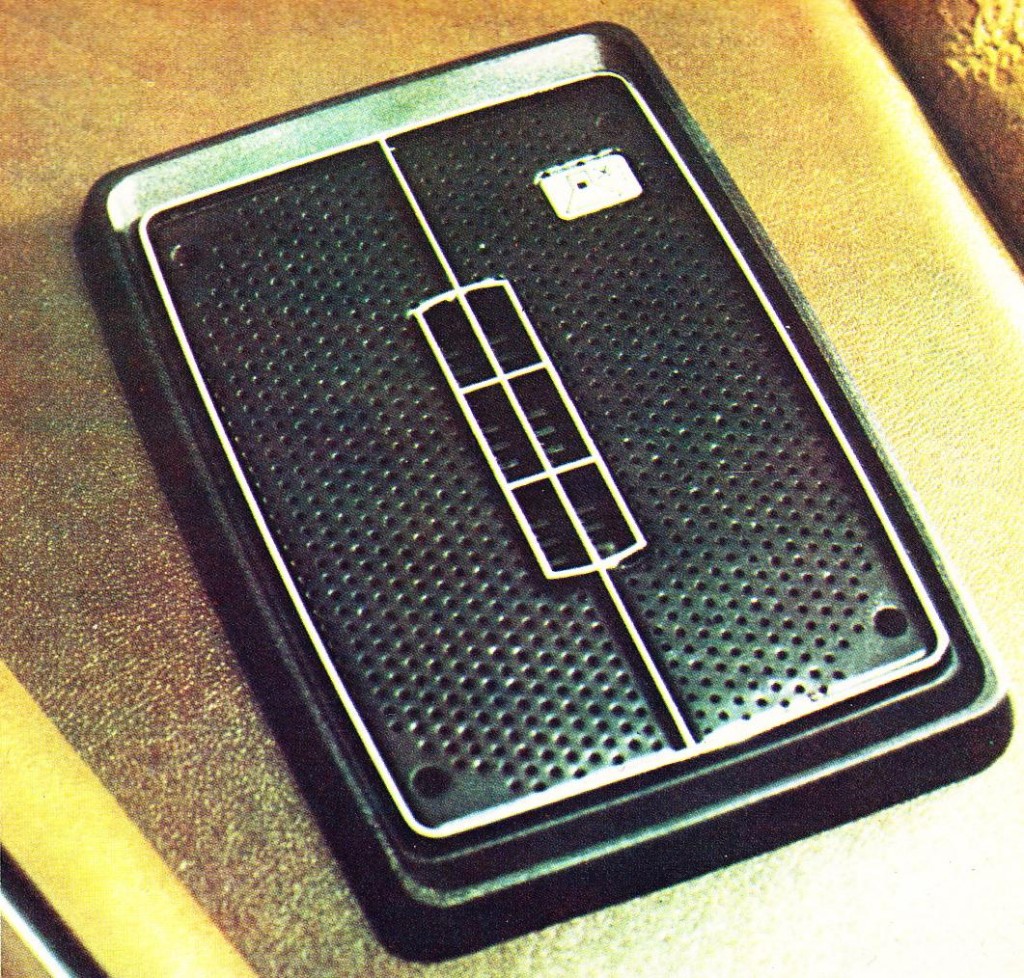 I think they left out Phase Six: smoke grass. Jesus my car stereo really started fukkin up y’day. The CD player (which is an enormous, inscrutable six-disc changer built into the dashboard) started spewing out nothing but insane digital hash. E. suggested that perhaps some force was trying to direct me to the New Sound. Before I could get a recorder to sample it, all returned to normal. S’pose it’s just a matter of time before the doorway opens again. And then: The New Sound.
I think they left out Phase Six: smoke grass. Jesus my car stereo really started fukkin up y’day. The CD player (which is an enormous, inscrutable six-disc changer built into the dashboard) started spewing out nothing but insane digital hash. E. suggested that perhaps some force was trying to direct me to the New Sound. Before I could get a recorder to sample it, all returned to normal. S’pose it’s just a matter of time before the doorway opens again. And then: The New Sound.
Categories
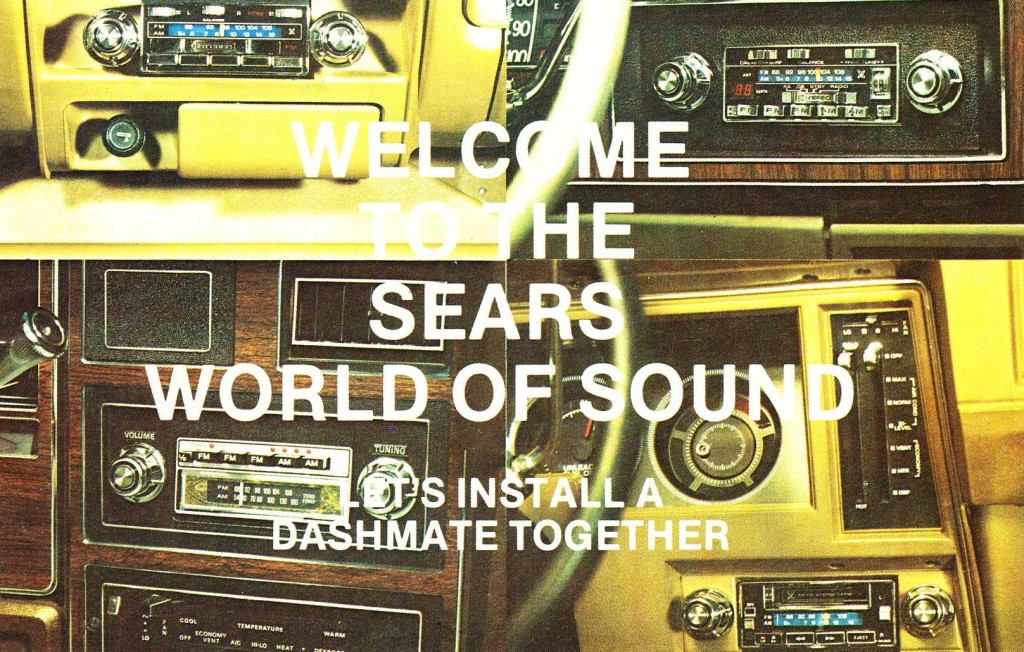
3 replies on “Welcome To The Sears World Of Sound! Let’s Install A Dashmate! (197X)”
That’s why so many sixties and seventies cars have butchered dashes.
The car makers got smart (from a customer control standpoint) and made cars aftermarket unfriendly. My Toyota truck would take a major dash rework to put an aftermarket radio in. I guess that’s one reason my other car is a ’68 Corvair.
Incidentally, from an RF standpoint, the best car radios ever built were factory American car radios. The great ones were made in two periods: the all tube vibrator supply ones that were big, heavy bulky affairs for the high dash cars of the late 40s and early 50s, and again, the all solid state ones from a couple years after the first ones (say ’65) to the chintzy all IC era starting late 80s. You find them in junkyards, swap meets or eBay. Put them in those garage sale speaker boxes with a power supply and they make a great table radio.
Avoid ones with all ICs or with 12 volt B+ space charge tubes.
On the tube ones, get a Champ/ Princeton size power transformer and replace the vibrator supply entirely. On the solid state ones, hint: Many dead computer UPSes use a six cell lead acid battery and have a transformer that makes a perfect 15 vdc when used with a capacitor input filter. Since the power drop is constant on these sets a resistor in series with the PRIMARY will give you bogey voltage with little dissipation. Most of these radios work perfectly at 13.3 volts or so, and will tolerate 15 but the outputs will get hot. 12.6 volts was the theoretical median voltage of a lead acid battery (which is why 6.3 and 12.6 are tube heater voltages) but in reality modern cars run the voltage in the thirteens all the time and sometimes as high as 14.5 for long periods. If a modern car starting battery ever gets as low as 12.6 volts you have a problem.
Car people say “6 volt”, “12 volt”, “24 volt” (sixties and seventies tractors and road coach buses, military vehicles), airplane people say “14 volt” and “28 volt”. In both cases the systems are electrically identical -a 6 or 12 cell lead acid battery is used. In recip engine airplanes generally the alternator and voltage regulator are in fact 1960s car parts with a FAA PMA label. Why 1960s car parts instead of modern ones? TMG-that’s how they were certificated. As a consequence aircraft electrics are LESS reliable than car electrics, at least on recips and a lot of small turbines.
The old lead acid batteries could be discharged all the way and would come back. Modern car batteries no.
This is otiose until you start working with mobile systems, and sooner or later you will.
BTW this car radio stuff is spot on. You can not buy a better AM radio than an old car radio. They will beat all the supposed expensive and exotic superadios and CCRadios, as well as heinously expensive lab equipment.